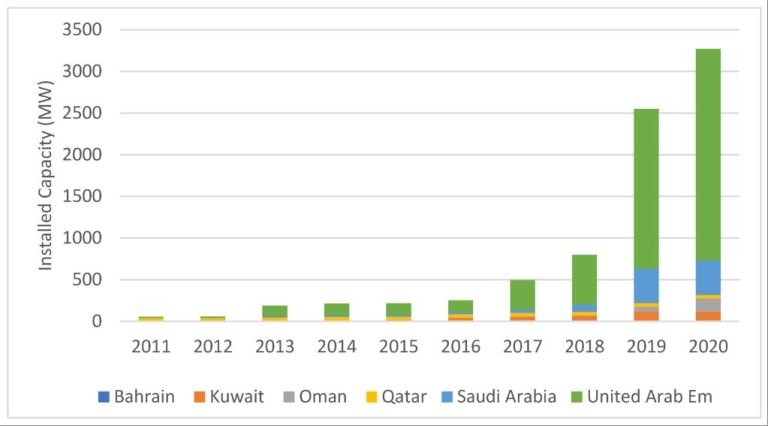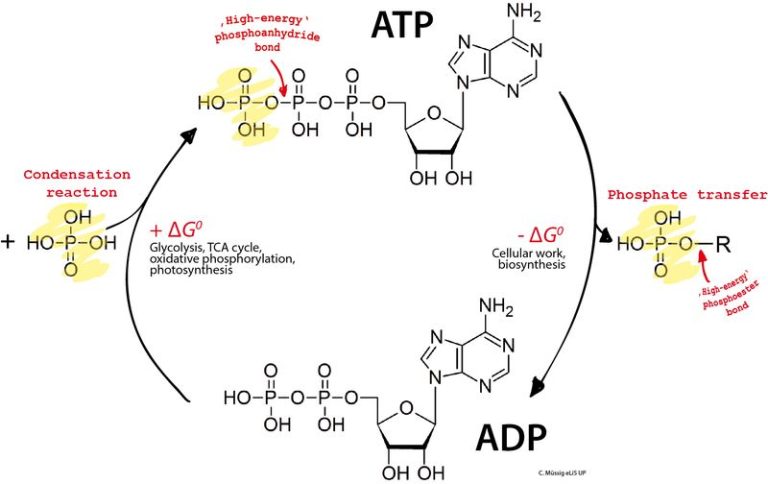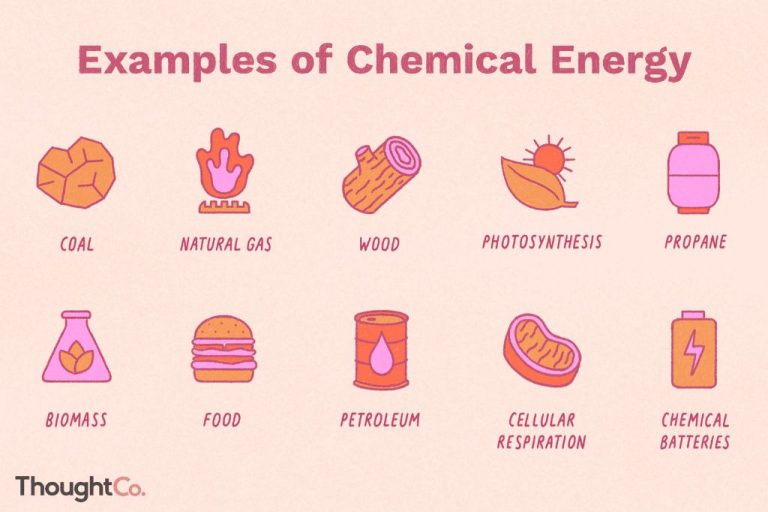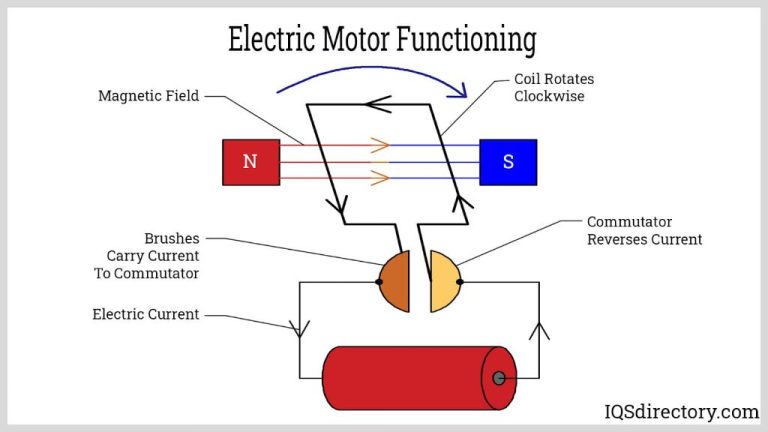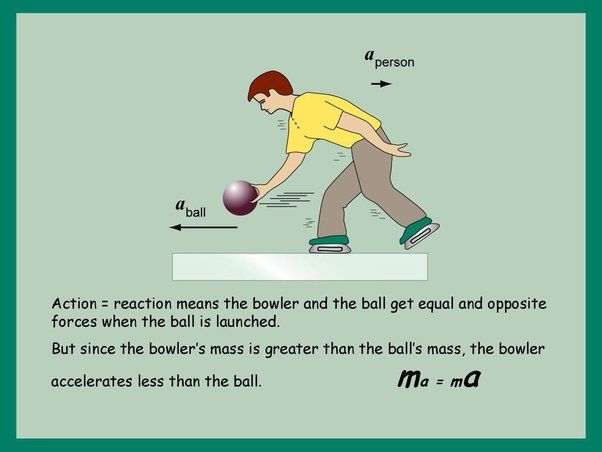Is Any Material That Can Release Energy In A Chemical Change?
What is Chemical Energy?
Chemical energy is the potential of a chemical substance to undergo a transformation through a chemical reaction to generate heat or perform work. It is energy stored in the bonds between atoms that make up a molecule. When these bonds are broken through a chemical reaction, energy is absorbed or released.
There are many common sources of chemical energy in our daily lives:
- Fossil fuels like coal, oil and natural gas – the combustion of these fuels through chemical reactions releases heat energy that can be used to generate electricity, power vehicles, or heat homes.
- Batteries – the chemical reactions that take place between electrodes and electrolytes in batteries generate an electric current that powers a wide variety of devices.
- Food and organic matter – the breakdown of nutrients like fats, proteins and carbohydrates through metabolic chemical reactions provides living organisms with the energy needed for cellular processes.
In summary, chemical energy exists in the bonds holding atoms together in molecules. This energy can be released in chemical reactions to produce heat, light, motion or electricity that can be harnessed for human use.
Exothermic Chemical Reactions
Exothermic chemical reactions are processes that release energy in the form of heat or light. In an exothermic reaction, the energy released is greater than the energy absorbed during the formation of the products, resulting in an overall release of energy. Energy is released during an exothermic reaction because the bonds formed in the products are lower in energy than the bonds broken in the reactants.
Some examples of exothermic chemical reactions include:
- Combustion reactions – Burning of fuels like wood, coal, or natural gas releases significant amounts of heat.
- Thermite reactions – Reactions between metal oxides and aluminum produce spectacular bursts of heat and light.
- Acid-base neutralization – When an acid and base react, the neutralization reaction gives off heat.
In each of these exothermic reactions, energy is released in the form of thermal energy and light. The energy comes from the difference in energy between the chemical bonds broken and formed during the reaction. More energy is released making the new bonds in the products than is required to break the old bonds in the reactants. This net release of energy is the hallmark of an exothermic chemical reaction.
Endothermic Chemical Reactions
An endothermic chemical reaction is one that absorbs energy from its surroundings. This absorbed energy is stored in the bonds of the products, resulting in an overall increase in energy. Endothermic reactions require an input of energy to proceed, usually in the form of heat.
Some common examples of endothermic reactions include:
- Thermite reaction between aluminum and iron oxide
- Decomposition of ammonium dichromate
- Dissolving ammonium nitrate in water
- Calcium oxide reacting with water to form calcium hydroxide
In these reactions, energy must be continually supplied in the form of heat for the reaction to take place. This heat energy gets absorbed and stored in the chemical bonds, resulting in products that are at a higher energy state than the reactants. The amount of energy absorbed is called the enthalpy of reaction. Endothermic reactions stop once the heat source is removed.
The absorption of energy can lead to other observable effects like cooling of the surrounding environment, formation of precipitate, change in color, or gas release. Endothermic reactions are integral to many chemical processes and serve as an important energy storage mechanism. The ability to harness endothermic reactions is key to technologies like instant cold packs and hand warmers.
Fuels and Combustion
Fuels like gasoline, diesel, and natural gas are made up of hydrocarbons that can undergo combustion – a high energy chemical reaction that releases heat. Combustion of fuels involves a reaction with oxygen that breaks apart the hydrocarbon molecules into simpler components like carbon dioxide and water. This exothermic reaction releases a large amount of energy that can be harnessed for transportation, electricity generation, and other uses.
During combustion, the hydrocarbon fuel reacts with oxygen and is oxidized. This oxidation reaction rearranges atoms into more stable formations, releasing energy. For example, when octane (C8H18), a component of gasoline, undergoes complete combustion with oxygen:
2 C8H18 + 25 O2 → 16 CO2 + 18 H2O + energy (heat)
The hydrocarbon octane reacts with oxygen, breaking apart into carbon dioxide and water molecules. This chemical change from complex hydrocarbons into more stable molecules like CO2 and H2O releases a substantial amount of exothermic energy that is utilized in the engine. This makes combustion of fuels like gasoline an essential energy source for transportation and machinery.
Batteries and Electrochemical Cells
Batteries and electrochemical cells convert chemical energy into electrical energy through spontaneous oxidation and reduction reactions. During discharge, the anode gives up electrons (oxidation) while the cathode gains electrons (reduction). Electrons flow through an external circuit, creating a current. The electron flow provides an electric potential that can power devices.
There are two types of batteries: primary and secondary. Primary batteries like alkaline batteries can only be discharged once, because the chemical reactions that occur are not reversible. Secondary batteries or rechargeable batteries can be discharged and recharged multiple times. The chemical reactions are reversible, allowing electrons to flow back and forth between electrodes during discharging and charging. Examples of secondary batteries include lead acid batteries in cars and lithium ion batteries in consumer electronics.
The redox reactions in batteries may be endothermic or exothermic depending on the battery chemistry. Endothermic reactions absorb heat while exothermic reactions release heat. Exothermic discharging reactions mean that batteries with those chemistries tend to get warm during use. Meanwhile, endothermic charging reactions result in batteries getting cold when recharged.
Explosives and Detonation
Explosives are substances that can undergo extremely rapid exothermic chemical reactions, releasing large amounts of energy in a very short time. This sudden energy release causes an explosion, characterized by high temperatures, rapidly expanding gases, and the generation of a shockwave.
Many common explosives like TNT, dynamite, and nitroglycerin contain chemical groups like nitro groups (-NO2) that are unstable. When subjected to heat, shock, or friction, these groups can decompose violently, initiating a rapid chain reaction as the materials change to more stable molecules like nitrogen, carbon dioxide, and water vapor.
During detonation, the explosive material is converted to a gas in microseconds, expanding up to 1000 times in volume at very high pressures. This generates a supersonic shockwave that impacts the surrounding environment. The resulting blast effects include intense heat, noise, and structural damage.
Explosives release their energy by two main mechanisms – deflagration and detonation. Deflagration is a rapid burn that propagates through the material below the speed of sound. Detonation is a supersonic reaction that propagates via a shockwave. Detonation is the mechanism used in commercial mining and military explosives to maximize the power of the explosion.
By engineering the composition and configuration of explosive materials, the power, timing, and directionality of detonations can be controlled for various applications. Overall, the incredible power packed into chemical explosives derives from the incredible amount of potential chemical energy stored in molecular bonds, that can be rapidly released through exothermic reactions and converted into mechanical shockwaves.
Nuclear Fission and Fusion
Nuclear fission and fusion are processes that release enormous amounts of energy from the conversion of matter into energy. According to Einstein’s famous equation E=mc^2, mass can be converted into energy at the speed of light squared. Even tiny amounts of mass contain huge amounts of energy.
In nuclear fission, atoms like uranium or plutonium are split into smaller atoms, releasing energy in the process. Fission occurs inside nuclear reactors and atomic bombs. Each fission releases approximately 200 MeV of energy. Fission reactions are controlled in nuclear reactors to generate electricity, but in atomic bombs the chain reaction is uncontrolled, releasing massive explosive energy.
Nuclear fusion occurs when lighter nuclei are fused together under extreme heat and pressure to form heavier nuclei, releasing energy. The sun produces energy through fusion of hydrogen nuclei into helium. Fusion reactions release several times more energy than fission reactions per unit mass. Scientists are working to develop fusion power on Earth by fusing hydrogen isotopes like deuterium and tritium, but the reactions require temperatures of hundreds of millions of degrees to overcome the strong electrostatic repulsion between nuclei.
Both fission and fusion release energy from the conversion of mass into energy. Just a few kilograms of reactant fuel can produce enormous amounts of energy, millions of times more than combustion reactions. This makes nuclear processes extremely exothermic and energy dense. The potential to harness fusion as a clean energy source continues to drive fusion energy research today.
Common Exothermic Reactions
Some of the most common examples of exothermic chemical reactions that release energy are:
Combustion reactions – This is when a substance reacts with oxygen gas to produce carbon dioxide, water, and heat. The combustion of fuels like wood, coal, natural gas, gasoline, etc. are exothermic. The reaction of hydrogen and oxygen to produce water is also a major exothermic combustion reaction.
Oxidation reactions – When a substance gains oxygen or loses hydrogen/electrons, it is oxidized. Many oxidation reactions like rusting of iron or the tarnishing of silver are exothermic and release heat energy.
Neutralization reactions – When an acid and a base react to form water and a salt, it is an exothermic neutralization reaction. For example, when hydrochloric acid reacts with sodium hydroxide it forms sodium chloride, water, and releases heat.
These are some of the most common exothermic reactions that release energy in the form of heat. The release of heat makes the temperature of the surroundings increase.
Common Endothermic Reactions
Endothermic reactions absorb heat from the surroundings. Some everyday examples of endothermic chemical reactions include:
- Photosynthesis – Plants use sunlight energy to convert carbon dioxide and water into glucose and oxygen.
- Dissolving ammonium nitrate or potassium nitrate in water – The strong ion-dipole interactions draw heat from the environment.
- Thermite reaction – Aluminum metal reacts with iron oxide to form aluminum oxide and iron metal. This reaction requires high temperatures to initiate and then continues absorbing heat.
- Decomposition of calcium carbonate to form calcium oxide and carbon dioxide.
- Evaporation – As liquid water transitions to water vapor, the hydrogen bonding must be broken, which requires an input of energy.
- Freezing water into ice – Heat is absorbed as the water molecules transition from a less ordered liquid state into an organized crystalline solid state.
- Melting solids – Heat is absorbed as solids transition into a liquid state.
- Sublimation – The direct phase change from solid to gas requires heat input.
These endothermic processes require an input of energy, usually in the form of heat, to drive the chemical reaction forwards. The absorption of heat cools the surroundings.
Applications and Uses
Any material that can release energy in a chemical reaction, whether in the form of heat or power, has numerous practical uses and applications.
One of the most widespread uses of exothermic chemical reactions is in energy production. The combustion of fuels like coal, oil, natural gas, and biomass in power plants, engines, and furnaces converts chemical energy into heat and work. Nuclear fission of uranium is another exothermic process used to generate electricity.
Endothermic reactions also play an important role in energy applications. The reforming of hydrocarbons into synthesis gas relies on endothermic reactions. Many key industrial processes like steelmaking, glassmaking, and ammonia production require significant heat input from endothermic reactions.
Electrochemical cells and batteries harness oxidation-reduction reactions to convert chemical energy into electrical energy. Common battery chemistries like lithium-ion, lead-acid, and alkaline all use electrochemistry to store and release energy.
Chemical explosives utilize extremely fast exothermic reactions to rapidly generate gases, applying pressure for detonation. Materials like TNT, dynamite, gunpowder, and fireworks all work on this principle of explosive chemical decomposition.
Overall, any material capable of releasing energy via chemical changes has diverse uses across power generation, electricity storage, explosives, industrial processes, and consumer products.


